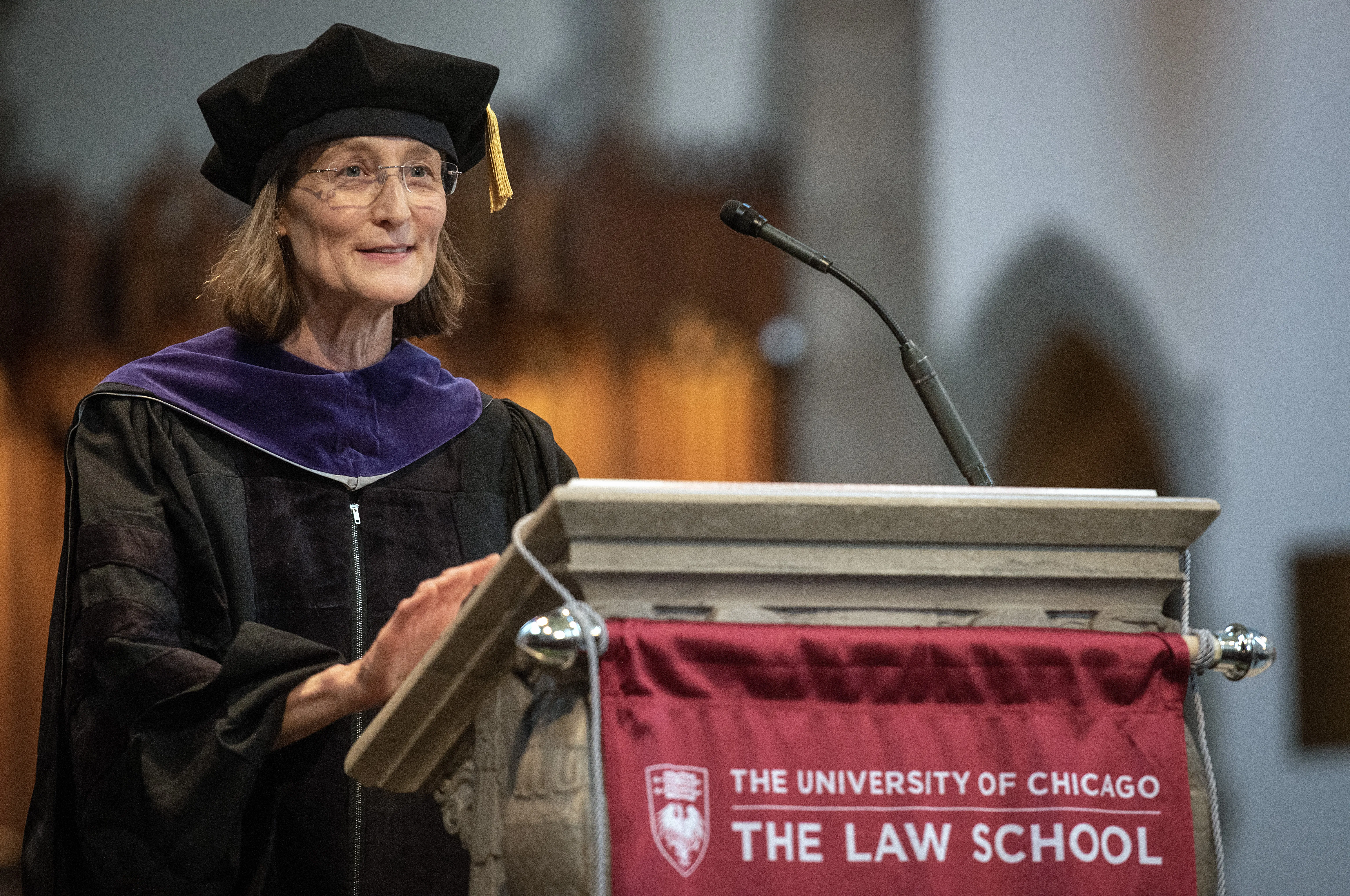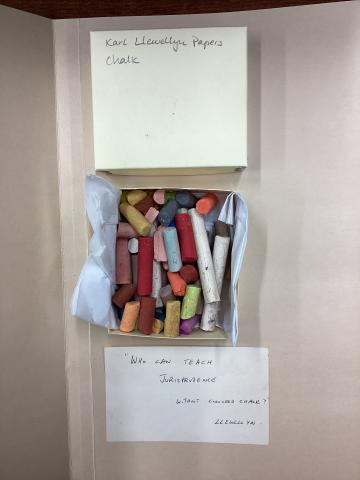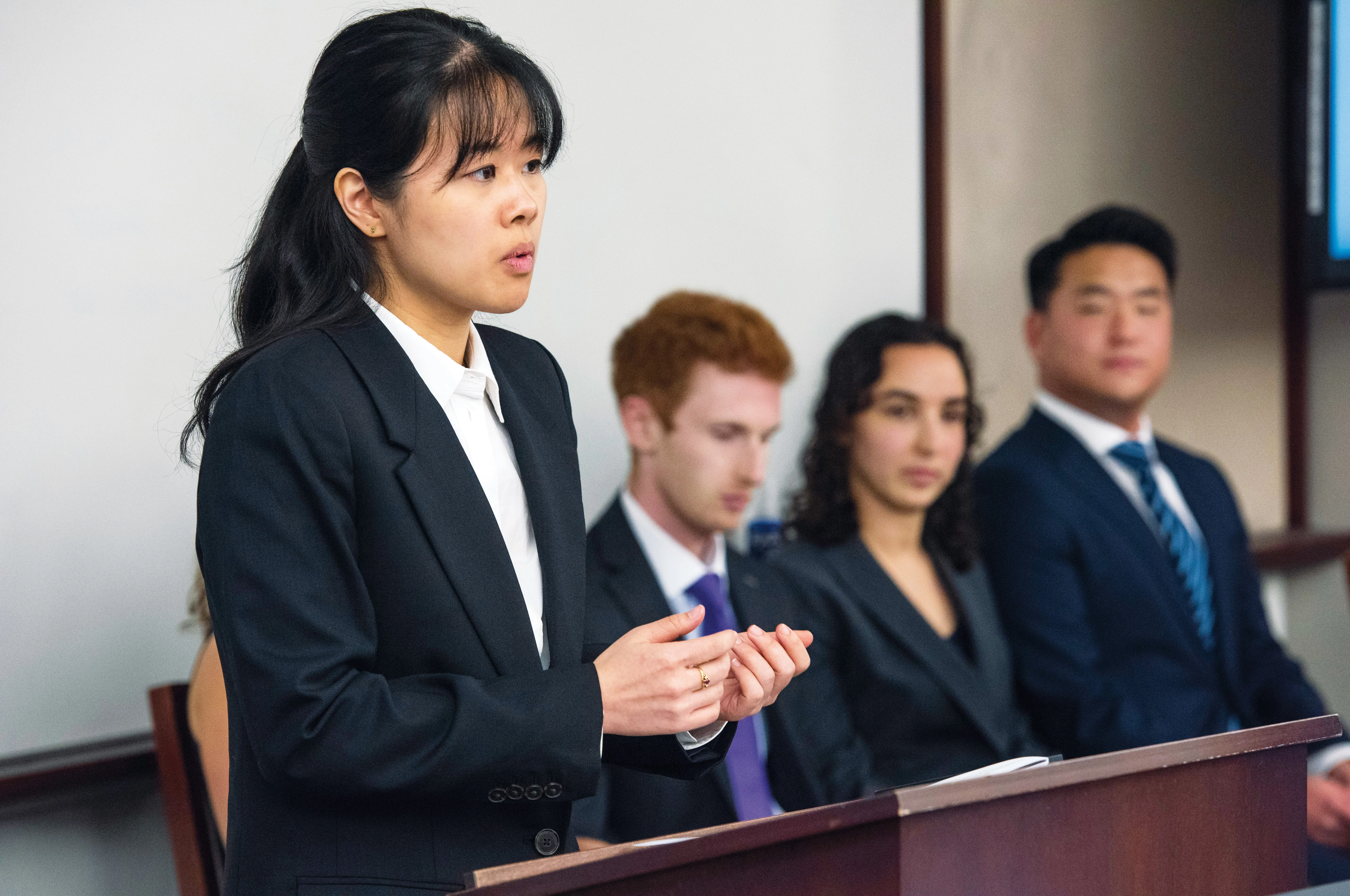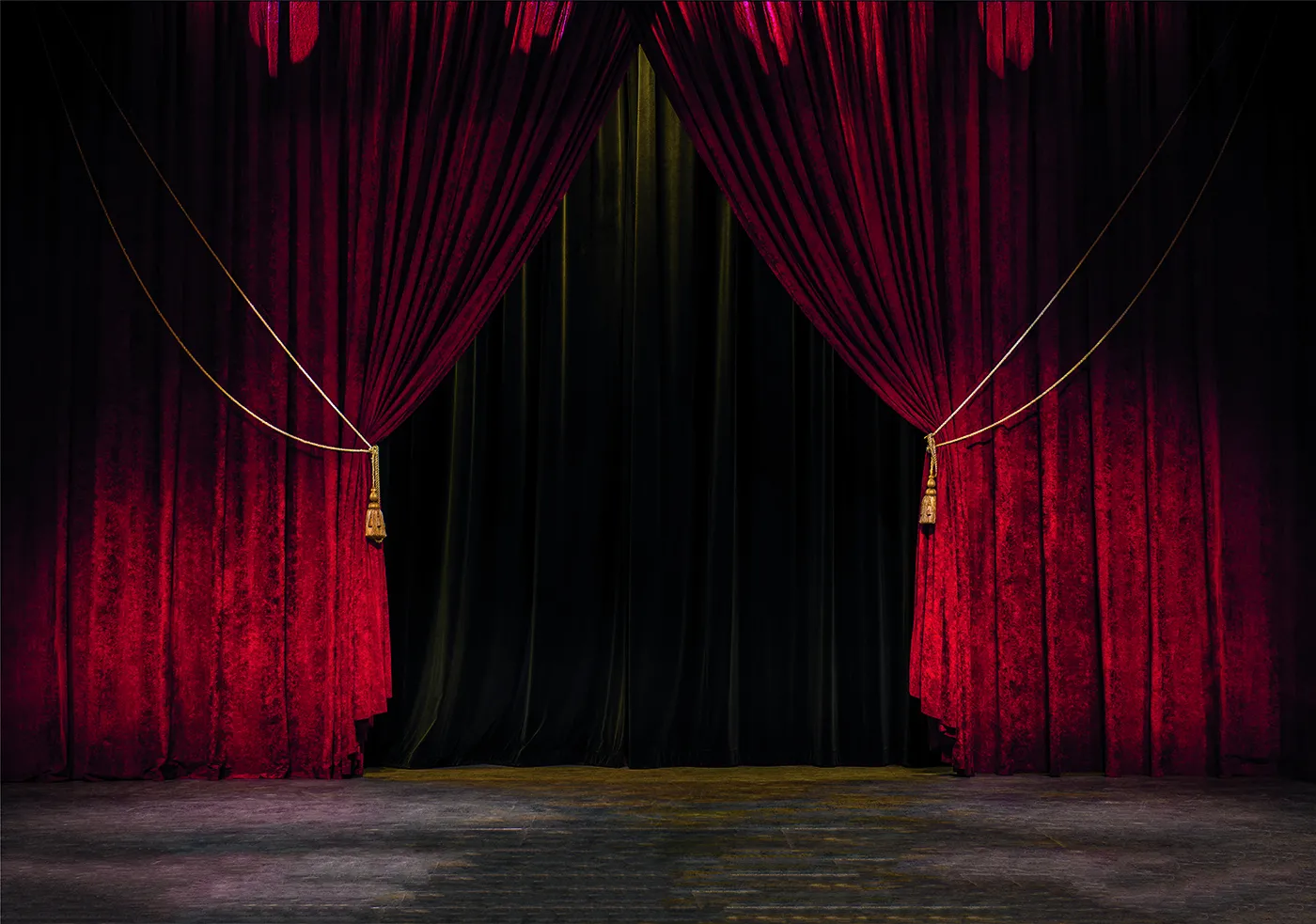‘You Only Made It This Far So that You Can Go Further and Help Others Go Further Still’

I'm excited and honored to be here with all of you—graduates, parents, family members, friends, colleagues—on this wonderful day.
Nobody graduates from this Law School without a busload of hard work, fortitude, resilience, and smarts—not all of it your own. But you made it, carrying with you everything that everyone who loves you did all along the way to get you here. You made it through a pandemic. You made it through Chicago winters. You made it through Property class, with or without learning the Rule Against Perpetuities. You made it in spite of everything that was, and is, going on in the country, and in the world.
But, as happy as today is, and as beautiful as this space is, and as proud of you as you’ve made your folks and your professors, and as awesome as your caps and gowns look, getting here was never the point. You only made it this far so that you can go further, and help others go further still. So, what can I tell you today that will help you on this journey, that will see you through the challenging, difficult times ahead, that will enable you to confront injustice and illogic without losing hope, and that will inspire you to use your manifest gifts to protect all that's lovely and fragile and true?
In a word, nothing. If we’ve done our jobs here, and I hope we have, you should be well-nigh platitude-proof by now, suspicious of slogans, wary of absolutes. You’re going to see right through to the other side of any edicts for living or lawyering that I might try to lay on you here.
So instead, I want to channel a past Chicago faculty member, Karl Llewellyn. Llewellyn was a famous legal realist, the principal drafter of the Uniform Commercial Code, and the spouse of the Law School’s first woman professor, Soia Mentschikoff, who was also a UCC co-drafter. Both Karl’s and Soia’s portraits are in the hallway outside of Room IV in the Law School, so you’ve no doubt seen them hundreds and hundreds of times while milling around before or after class, waiting in line to get food for a lunch talk. But since it can be hard to notice what’s always there, you might want to check them out later.
Llewellyn taught at the Law School from 1951 until his death in 1962. Although I have been at Chicago a very long time, I did not actually overlap with him on the faculty. But I feel he was a kindred spirit for a few reasons. One is that, like me, Llewellyn had to contend with a name that contains double Ls, two sets of double Ls in his case, which is really just excessive. I assume that at least one was always getting left off. Second, he seemed prone to distracting side-quests like writing songs, poems, bits of fiction, and unserious essays. I know this from looking at his papers in Special Collections here, and I can tell you, he was quite a packrat with his unpublished writings.
Third, we seem to have shared a penchant for using visual aids. As some of you know, I use PowerPoint. A lot. Llewellyn predated PowerPoint and would have been too cool to use it, but his papers in Special Collections, wondrously enough, include an actual box of chalk. This is not plain white chalk, but chalk in a variety of intense colors, accompanied by the handwritten question, “Who can teach Jurisprudence without coloured chalk?” Who indeed? I wish I could have seen some of his diagrams. I wish I knew his chalk supplier. What I love about this box of chalk is how it conveys the desire to drill down and grapple creatively with complexity, to try to get to the bottom of things in a memorable and vivid way. Llewellyn’s chalk is pure bright potentiality—a medium that's dynamic and revisable and impermanent. You might say life is like a box of chalk.
One of Llewellyn’s most well-known pieces appeared in the Vanderbilt Law Review in 1950, entitled Remarks on the Theory of Appellate Decision and The Rules or Canons About How Statutes Are To Be Construed. You might know it as the “Dueling Canons” paper. In it, Llewellyn tries to demonstrate that for every rule of statutory interpretation, there is a counter rule that holds more or less the opposite. And this article includes a visual aid of sorts, a chart constructed in two columns, one entitled Thrust and the other entitled Parry, to try to get the dueling notions going. And there’s also a lot of footnotes to cases demonstrating each move. And by the way, Llewellyn credits his research assistant at Columbia, Charles Driscoll, for having helped to develop all of this swordspersonship.
So let me give you a few examples, quoting directly from Llewellyn’s article. I don't have a fencing background, so you'll have to bear with me, but I'll give you a few examples here.
Thrust: A statute cannot go beyond its text.
but
Parry: To effect its purpose a statute may be implemented beyond its text.
Thrust: If language is plain and unambiguous it must be given effect
but
Parry: Not when literal interpretation would lead to absurd or mischievous consequences or thwart manifest purpose.
Thrust: Every word and clause must be given effect.
but
Parry: If inadvertently inserted or if repugnant to the rest of the statute, they may be rejected as surplusage.
You get the idea. Whether you buy Llewellyn’s dueling canons theory or not, there’s really no denying that it’s canonical. But what does it have to do with you today, besides giving you one last dose of legal realism for the road? Just this: as you go about your career, you’re likely to hear some canons for lawyering and for living. And often they’re dueling. Some examples:
Never give up. Know when to cut your losses.
Seize every opportunity. Learn to say no.
Lean in. Lean out.
Be generous with your time. Prioritize what matters to you.
Don’t miss the forest for the trees. The devil’s in the details.
Don’t get sidetracked. Take a detour now and then.
Err on the side of caution. Don’t be afraid to take risks.
Again, you get the idea. And this isn’t news to you. In his book The Bramble Bush, Llewellyn addressed these words to students:
“Already you are almost lawyers. Three years you have been studying the law. Are you still unaware that every doubtful point is regularly answered both ways by authority?”
Now, that doesn't mean, of course, that there are two sides to everything. Some principles admit of no counterpoint.
Live your life with integrity, in matters large and small.
Treat everyone with fairness and equal respect.
And as you navigate all the dueling canons, take heed of the tremendous responsibility you bear—for the choices you make, for the life you build, and for the legal culture you create.
Here’s Llewellyn once more, from The Bramble Bush:
“We, and no others, carry the burden of making the law worth having—over the long run, and from day to day.”
So, there’s nothing I can say to prepare you for the hard, heartbreaking, tedious, glorious work ahead. But it’s a privilege to have taught you, and to witness you now walking out into your life, your world, your legal system, carrying a University of Chicago law degree—your own bright chalk. I can’t wait to see what you do with it.
Thank you and congratulations!




